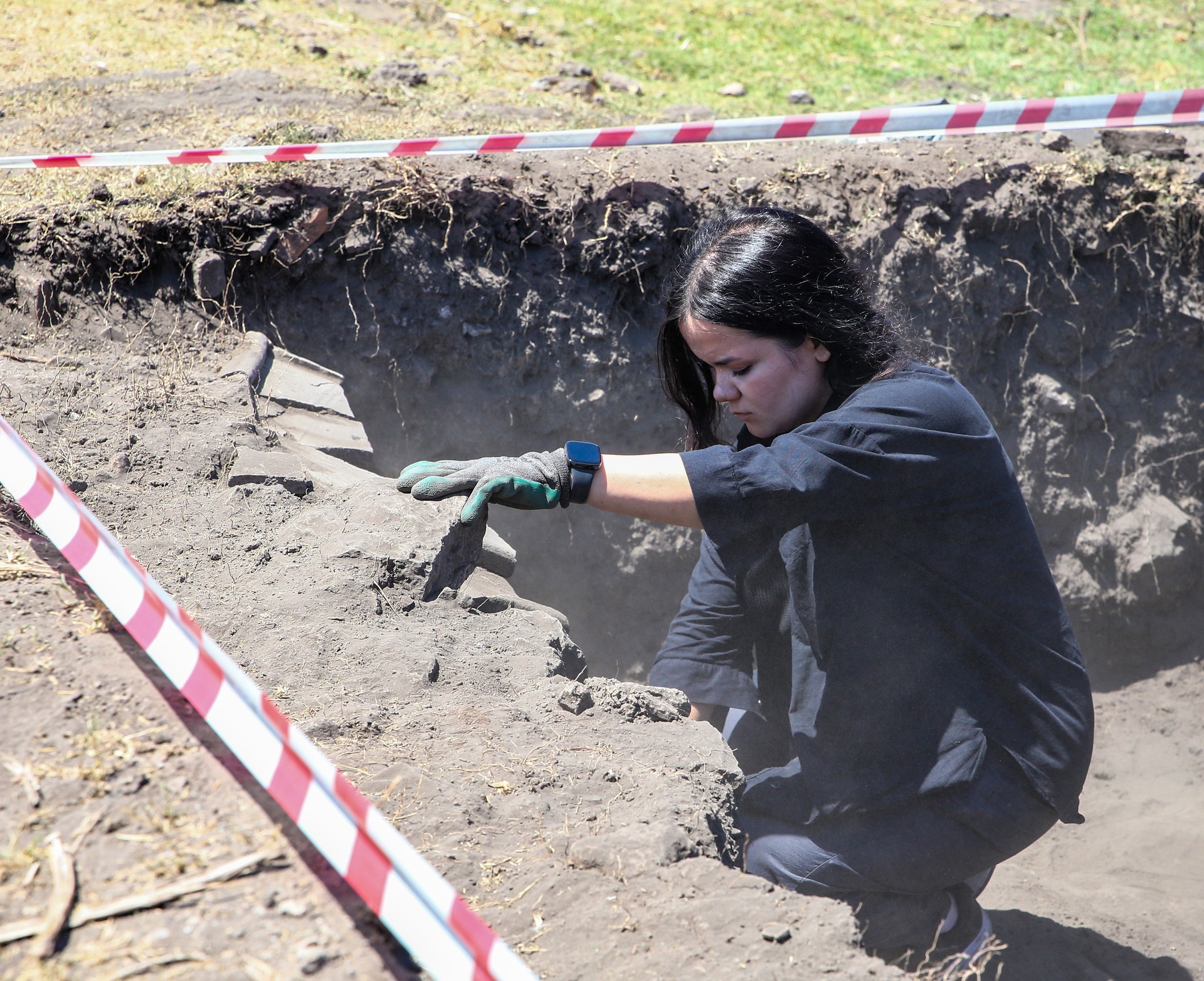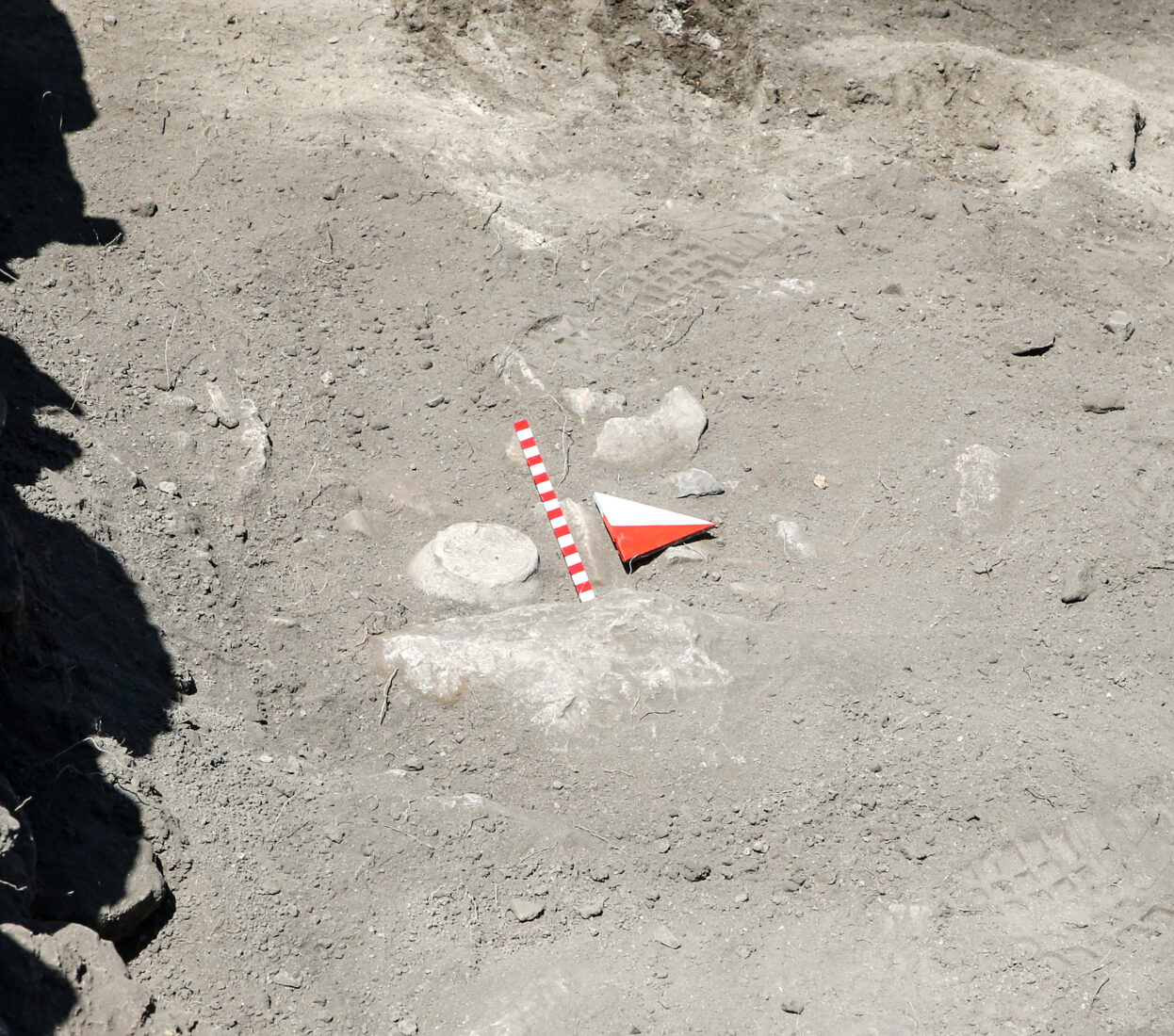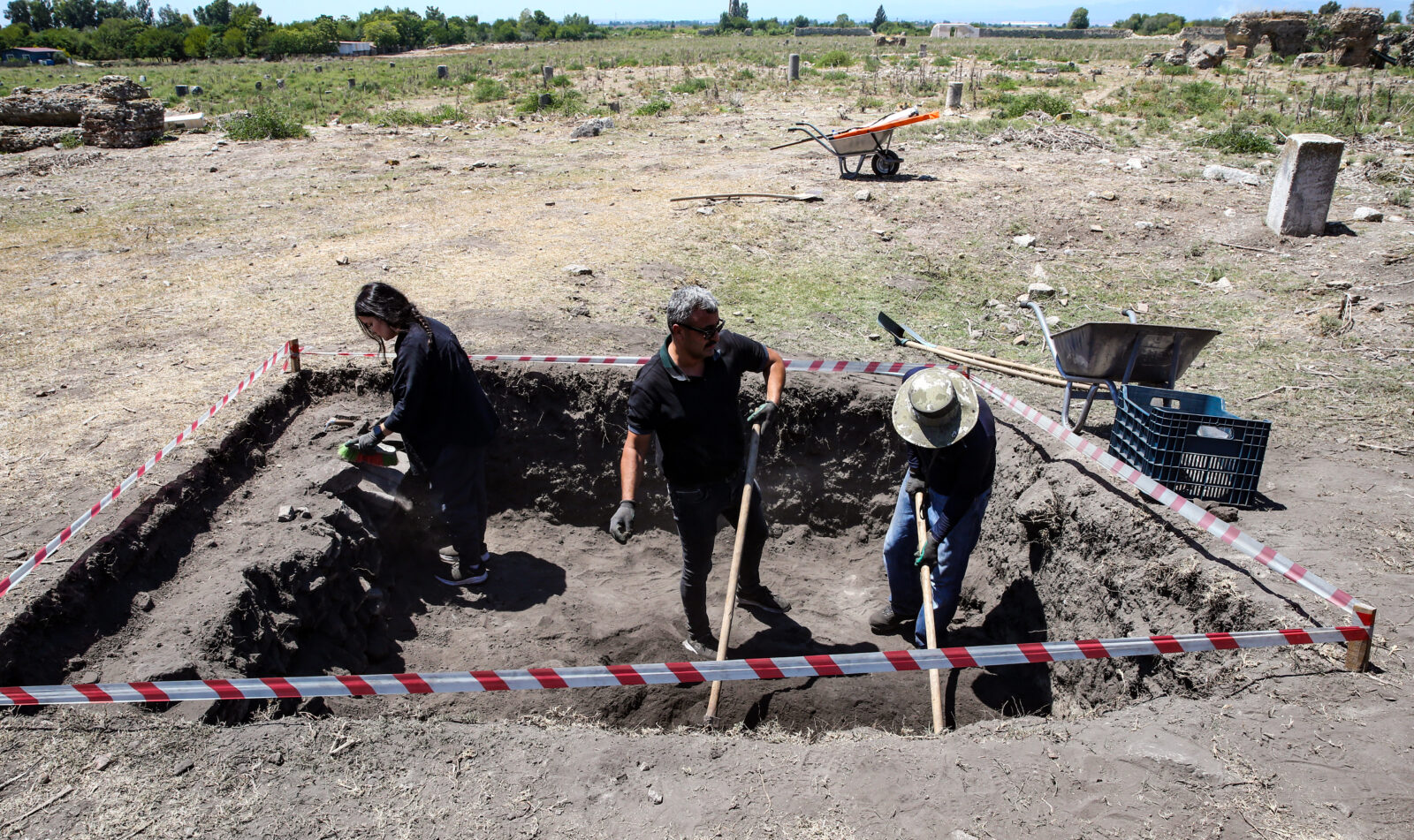
Remains of a mosque believed to date back to the Abbasid period have been uncovered in Anavarza Ancient City, located in the Kozan district of Adana.
This mosque is thought to have been constructed by Abbasid Caliph Harun al-Rashid, and its exact location has long been unknown.

Excavations led by Fatih Erhan from Osmaniye Korkut Ata University’s archaeology department uncovered these remains in an area approximately 3 meters high.
The team has discovered remnants of the mosque and other archaeological artifacts. Preliminary data suggests that these remains could belong to the large mosque mentioned in historical sources from the Abbasid period.
“We have found traces related to the atrocities of Nikiforos Fokas mentioned in Byzantine and Islamic sources. The evidence suggests that this site could indeed be the large Abbasid mosque. We hope to reveal the mosque’s mihrab, minbar, and other structural elements soon,” Fatih Erhan stated.

Erhan highlighted that this mosque might be the first mosque in Anatolia. Historical accounts indicate that Nikiforos Fokas, a Byzantine general, destroyed the mosque in 962.
“The findings here support the notion that this mosque could be the earliest known mosque in Anatolia due to its historical context,” Erhan noted.
The excavation has revealed bricks, a significant layer of ash, and Abbasid ceramics. Additionally, the layout of the mosque is believed to be similar to the Umayyad Mosque in Damascus, featuring a design with a southern prayer area and a northern colonnaded courtyard.

The excavation team plans to complete their work and initiate the restoration of the mosque.
Erhan added, “We will continue with archaeological and anthropological studies and aim to reveal and restore the mosque’s mihrab, minbar, and other social areas as soon as possible.”
This discovery in Anavarza Ancient City provides valuable insights into the historical context of the Abbasid period and enhances our understanding of early Islamic architecture in Anatolia.